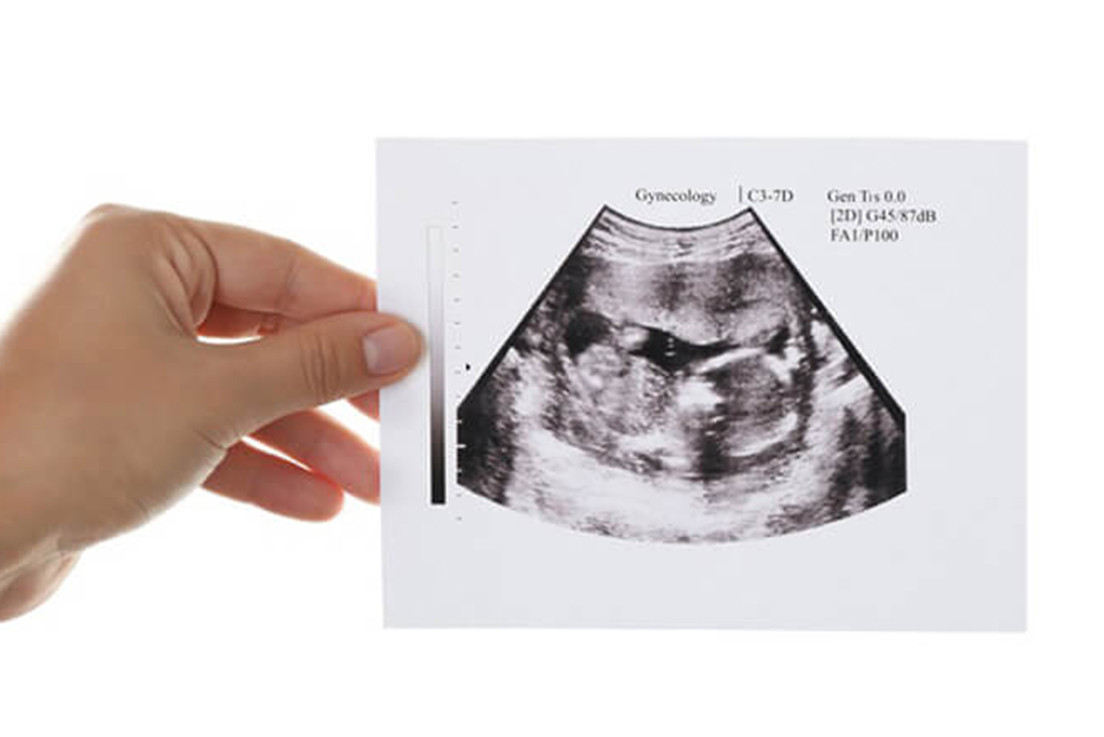Diagnosis starts with taking a medical history to find out whether the patient has had symptoms of fluid gushing or leaking from the vagina or not. From there, a gynecological exam will allow the doctor to evaluate the vaginal fluid, whereby the doctor may ask the patient to cough or try a push so that the leakage of the fluid can be seen. Usually, doctors will not perform a pelvic examination at this stage as that can increase the risk of infection. Next, the vaginal fluid will be examined in the laboratory and an ultrasound scan may be used as well to add to and help confirm the diagnosis.
With regard to treatment, if the doctor determines that there is a premature rupture of the membranes and that it poses a risk, the patient is typically admitted to the hospital until the birth of the baby. The treatment approach depends on a variety of factors, including gestational age, infection of the pregnant mother, symptoms of labor, movement and heartbeat of the fetus, cervical dilation, etc. All these factors will be considered in determining the appropriate course of treatment.
Watchful care of a mother’s health during pregnancy is important and essential. Every pregnant mother should know that everything she does today can affect the health of her unborn baby, whether in small or great ways. No one wants to experience the frustrations of an at-risk pregnancy, and so it is critical for an expectant mother to begin prenatal care as early as possible in her pregnancy in order to ensure the safety of both mother and baby, and to provide the new baby with the very best start in life.

